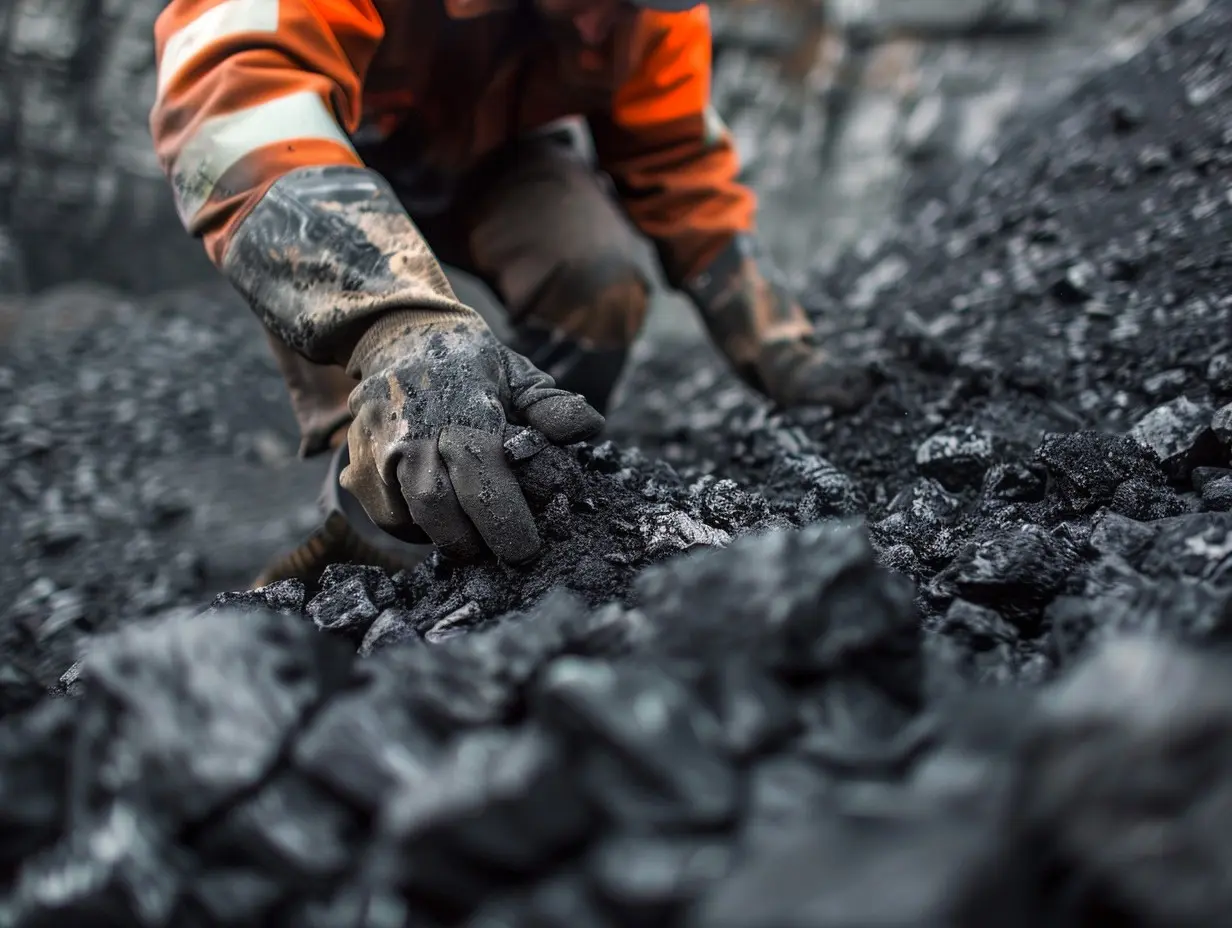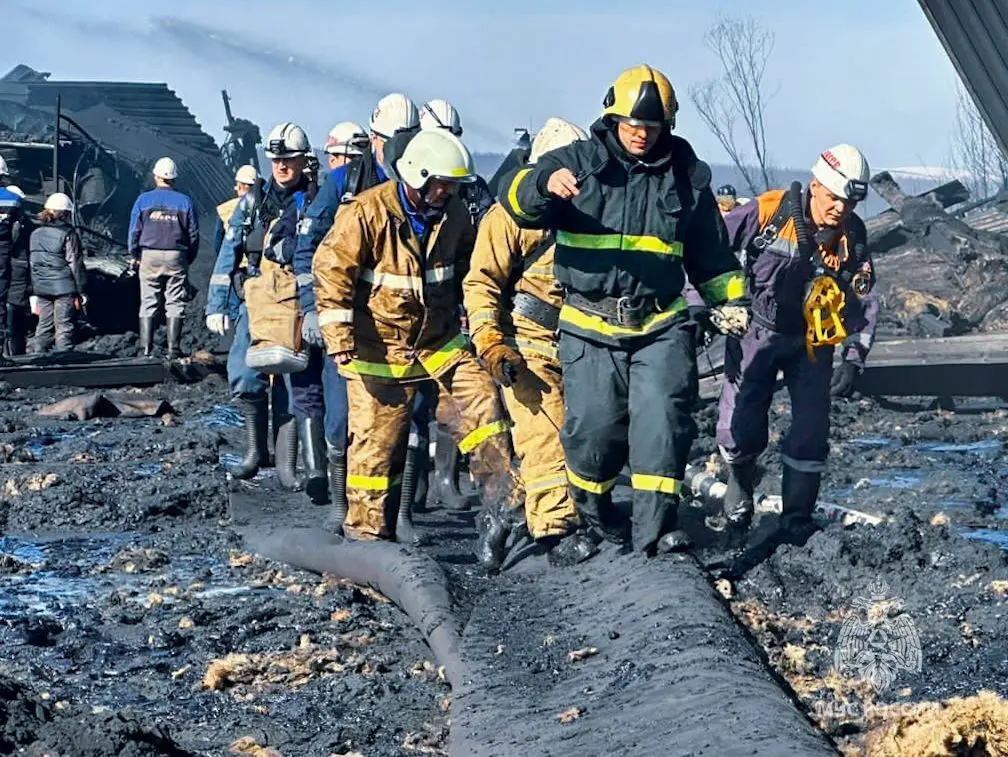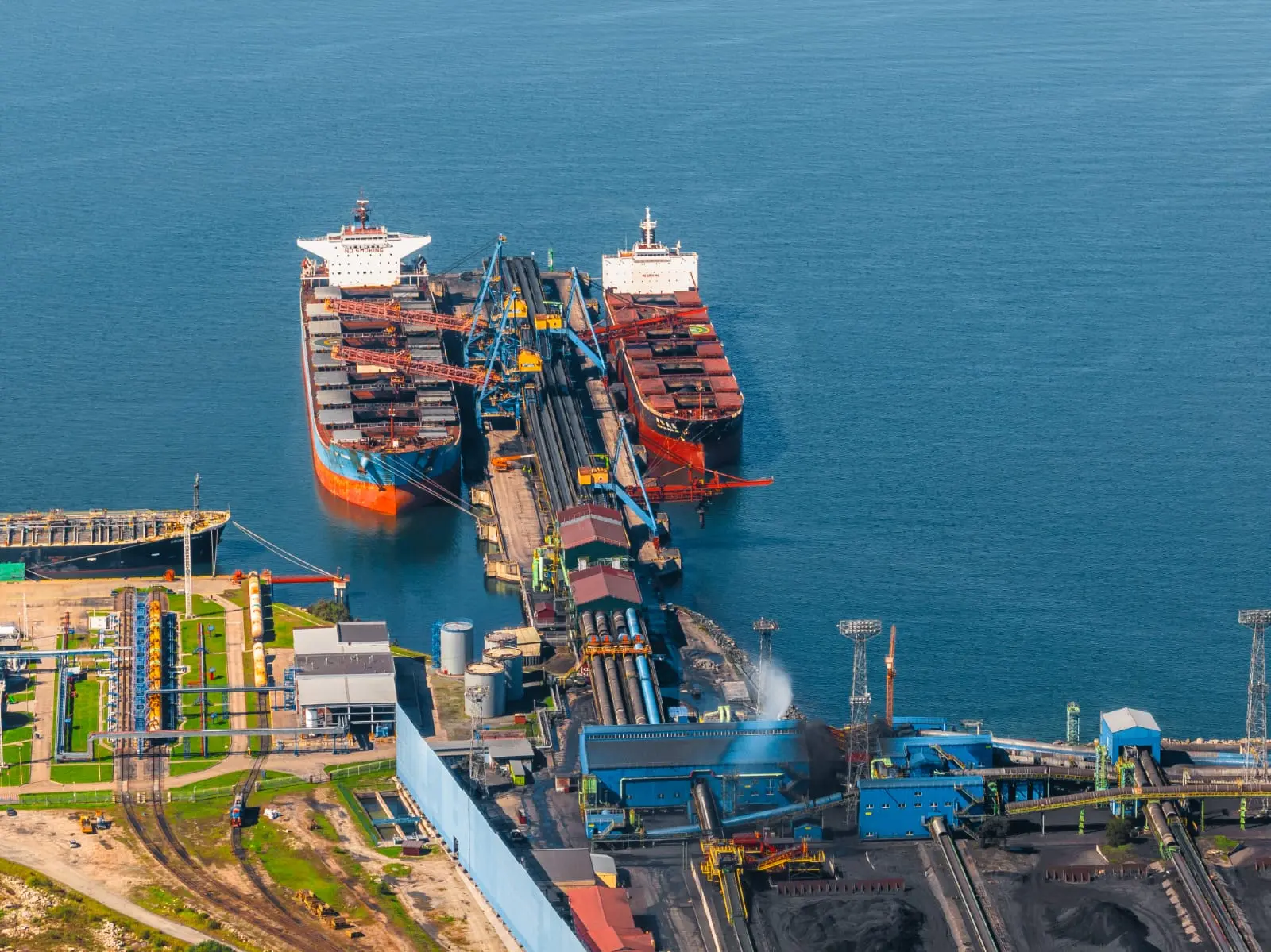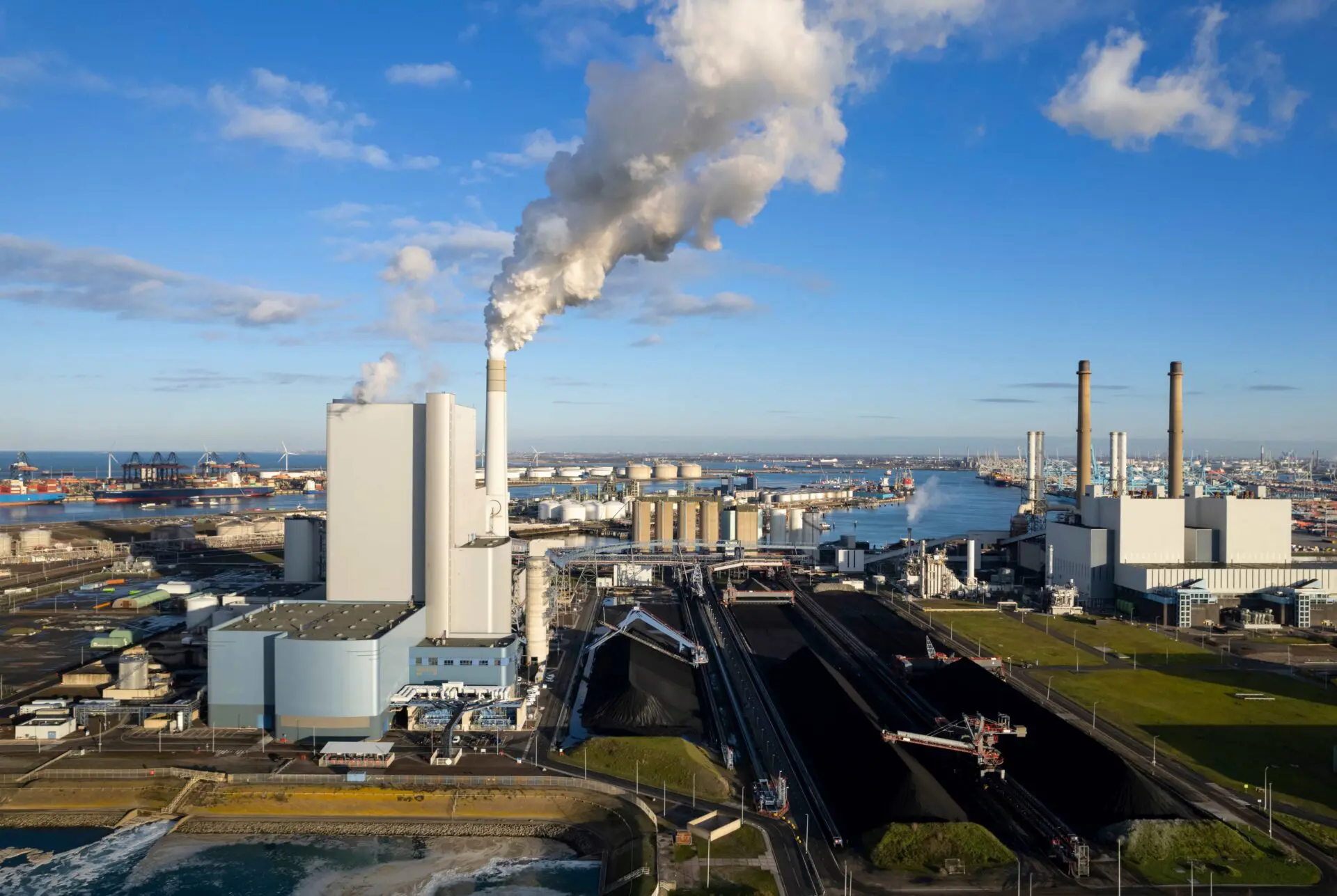

Last week, thermal coal indices on the European market climbed above 110 USD/t. Quotes were backed by such factors as increased volatility in gas prices, warming temperatures and declining stockpiles. A contango pattern persists on the paper market, with Q3-2024 and Cal-25 contracts trading at a premium to spot at above 115 USD/t and above 120 USD/t, respectively.
Gas quotations at TTF hub reached a local high of 400 USD/1,000 m3 and then corrected downward to 377 USD/1,000 m3 (-11 USD/1,000 m3 w-o-w), fueled by fears of a complete termination of gas supplies from Russia and higher gas reserves in European underground storage facilities at the level of 69%. Coal stocks at ARA terminals decreased by 4% to 5.2 mio t (-0.25 mio t w-o-w).
South African High-CV 6,000 jumped above 110 USD/t on the back of steady demand in India and the Asia-Pacific. Last week there was strong activity from Indian sponge iron and cement producers as well as traders.
The Board of Directors of the South African generating company Eskom decided to postpone the closure of 3 coal-fired power plants (Hendrina, Camden and Grootvlei) and extend their life span until 2030 to combat the energy crisis.
In China, spot prices for 5,500 NAR coal at the port of Qinhuangdao added 1.5 USD/t to 123 USD/t due to growing consumption, reduced production and stocks replenishing ahead of summer. A lot of market participants remain optimistic about quotations in the medium term, believing that production in China will not rise significantly and the demand will exceed supply owing to strong utilization of cooling capacities.
Inventories at the 6 largest coastal thermal power plants raised up to 14.16 mio t (+0.3 mio t w-o-w), while coal consumption advanced from 754 kt/day to 765 kt/day. Stocks at the 9 largest ports remained virtually unchanged, standing at the level of 25.6 mio t.
Indonesian 5,900 GAR was up 2 USD/t to 96 USD/t on tight supply, with some producers in East Kalimantan reporting a 30% slowdown in coal output, caused by heavy rains. Low-CV material slipped to 55 USD/t, reflecting weak demand on the spot market (one supplier last week failed to find a buyer for June delivery of 4,200 GAR material).
Indonesian production in April dropped to 62 mio t (-12% vs. March 2024). However, there was an 8% year-on-year increase in January-April coal extraction up to 263 mio t (+19 mio t vs. January-April 2023), but the numbers were less than planned and agreed by the government.
Australian High-CV 6,000 adjusted below 140 USD/t, pressured by weak demand, coming from Japan and some other Asia-Pacific countries.
Presumably a benchmark for 6,322 GAR coal was agreed between Glencore and Japanese General Industry as well as Japanese power utility at 145.95 USD/t FOB, as market participants pointed out that some Japanese companies are sticking to this price, which was down 27% from last year’s 199.95 USD/t FOB. However, Tohoku Electric Power has yet to reach an agreement with Glencore and is likely to have switched to index pricing in Glencore’s FY 2024-2025 supply.
Australian HCC metallurgical coal quotations shrank to 240 USD/t amid uncertainty over the price direction, prompting some market participants to take a wait-and-see attitude.
The price for similar material from the USA plunged to 9-month lows, resulting from low demand in Europe and the Asia-Pacific. According to a recent Minespans study by McKinsey & Co. and McCloskey, global metallurgical coal production has surpassed pre-Covid levels and is estimated at 324 mio t in 2024, driven in part by increased Russian output of coking coal and PCI.
On a negative note, China plans to further cut steel production to reduce CO2 emissions and energy consumption in 2024-2025 by 2.5% and 3.9%, respectively.
Source: CAA












